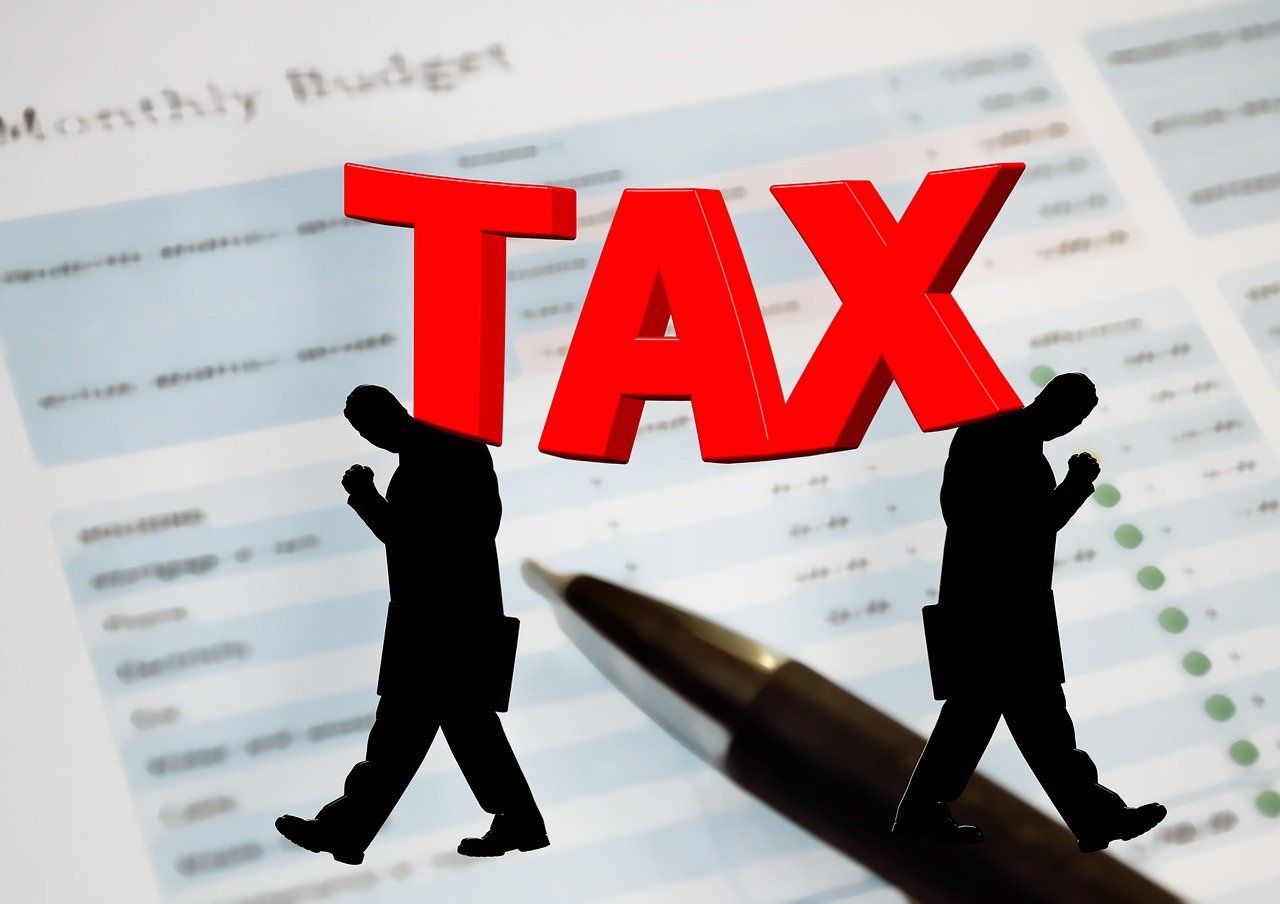The government’s spending watchdog, the National Audit Office (NAO), has revealed that Making Tax Digital (MTD) is expected to impose upfront costs of £1.5 billion on businesses. These costs were not included in HMRC’s May 2022 business case for MTD, where the focus was on ongoing costs. However, according to the NAO report, businesses will have to bear the expenses of modifying their tax planning, updating software, and seeking advice.
Although HMRC’s May business case acknowledged ongoing costs of around £900 million over five years for taxpayers to comply with MTD, it failed to include the £1.5 billion upfront costs for VAT and self-assessment customers in its cost-benefit analysis. Furthermore, the March 2023 business case completely omitted any mention of upfront costs.
The NAO report highlighted that HMRC estimated an average MTD cost of £330 per business. However, it also acknowledged that this figure could reach £1,000 for certain individuals.
Gareth Davies, the head of the NAO, emphasized the importance of including all relevant information in major program business cases to support decision-making. He further expressed concerns about the repeated delays, which have undermined the credibility of the MTD program.
In a 2018 report, the government spending watchdog stated that changes in MTD’s scope and delays had postponed the benefits for HMRC. The report projected that MTD would incur costs for business taxpayers instead of providing benefits.
Making Tax Digital compels businesses to adopt third-party accounting software to ensure compliance, with many of these services available only through subscription models. Software companies benefit from this arrangement. One business owner complained to the Financial Times that subscribing to MTD accounting software costs him £1,512 annually.
Overall, MTD is three years behind schedule and has exceeded its original budget by five times. The costs are now projected to reach £1.3 billion, compared to the initial estimate of £226 million in 2016. To date, only 3.2 million tax records have been transferred, while 14 million still await migration.
The primary goal of Making Tax Digital was to increase HMRC’s income by £3.9 billion by 2033, as businesses would make fewer errors and submit more accurate tax returns.
The current plan is to implement Making Tax Digital by 2027, although the NAO considers this timeline to be highly challenging.
Meg Hillier, chairman of Parliament’s Committee of Public Accounts, stated that Making Tax Digital by 2020 was never a realistic goal. HMRC underestimated the costs and magnitude of the necessary work to transition from legacy systems and to convince business taxpayers to adopt digital records.
After eight years, many tax professionals remain skeptical of the proposed approach, which imposes significant costs and burdens on self-assessment business taxpayers. Hillier urges HMRC to justify its plans and account for these costs, which it had omitted when requesting additional funding.
Last week, the tax office announced the temporary closure of its self-assessment helpline during the summer to redeploy 350 staff members elsewhere. Businesses seeking assistance will be directed to online guidance, digital assistants, or webchat.
An HMRC spokesman defended the project, stating that a project of this scale naturally encounters challenges but assuring that Making Tax Digital will provide a substantial return on investment for taxpayers. HMRC claims to have always been transparent about costs for businesses and affirms its commitment to providing free software for those with straightforward tax affairs.




